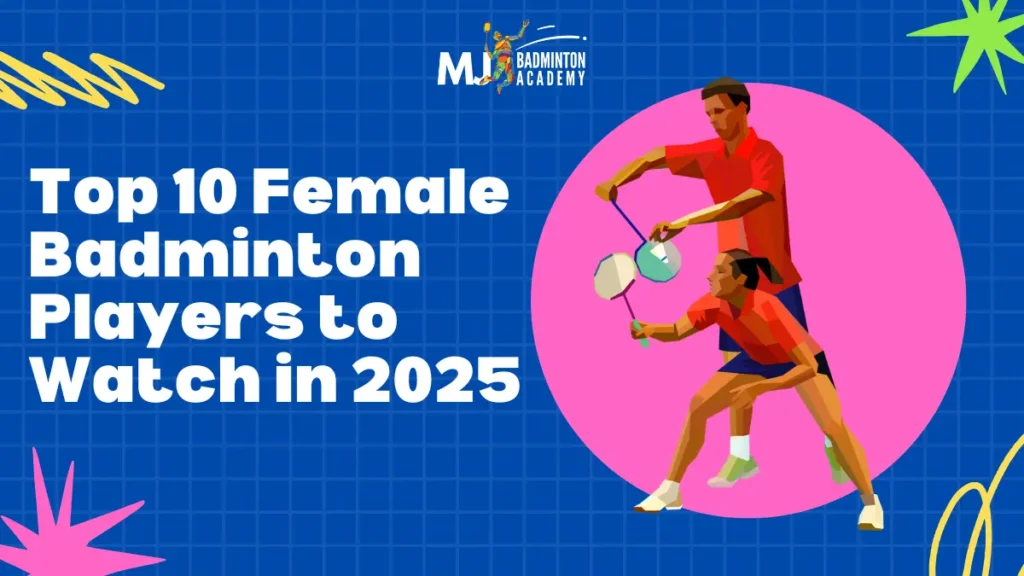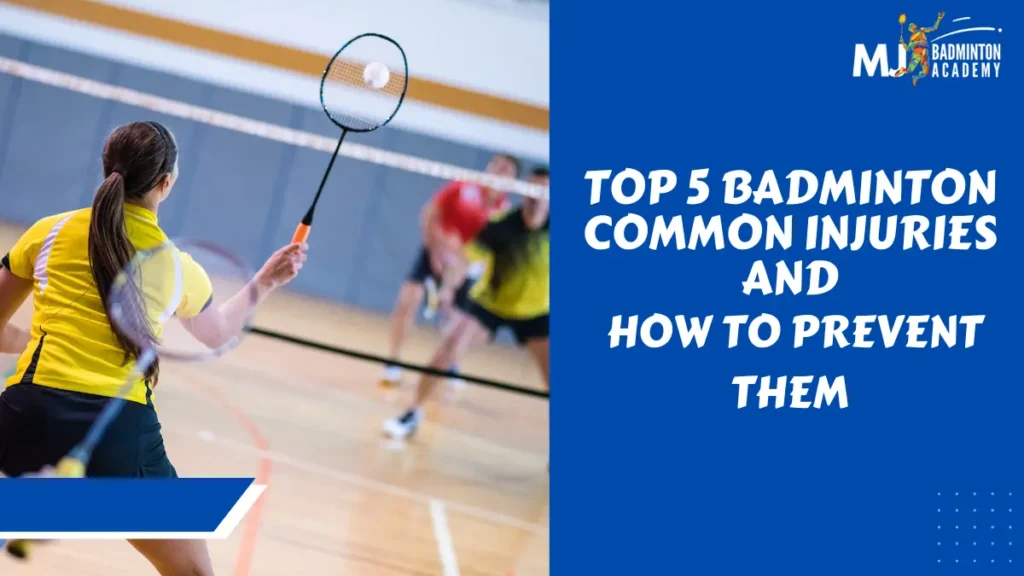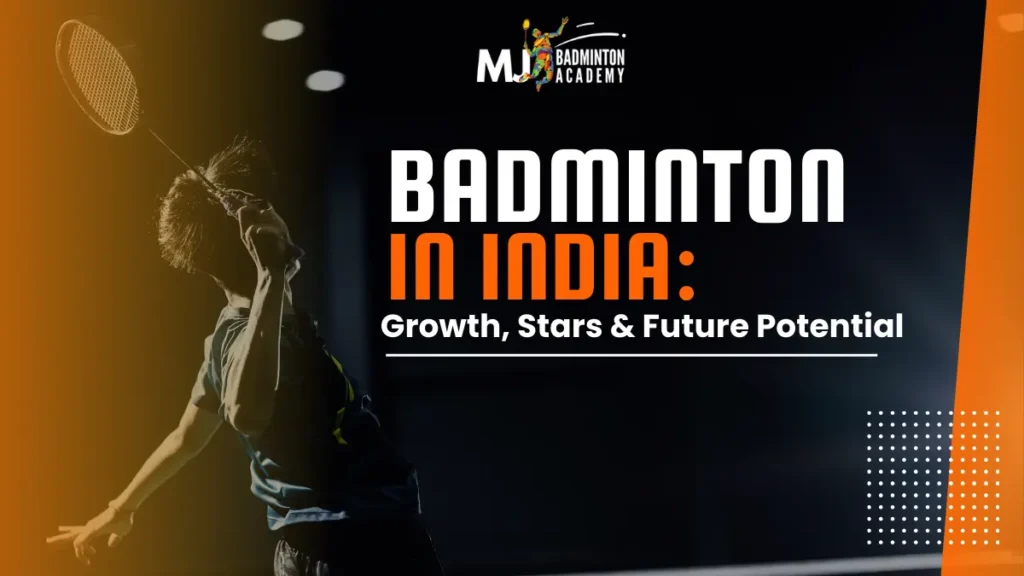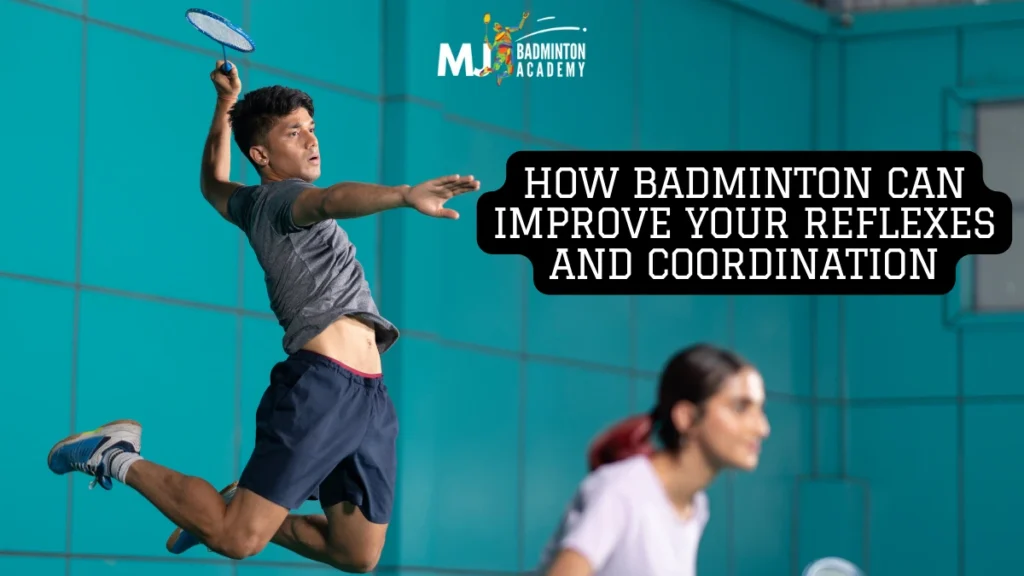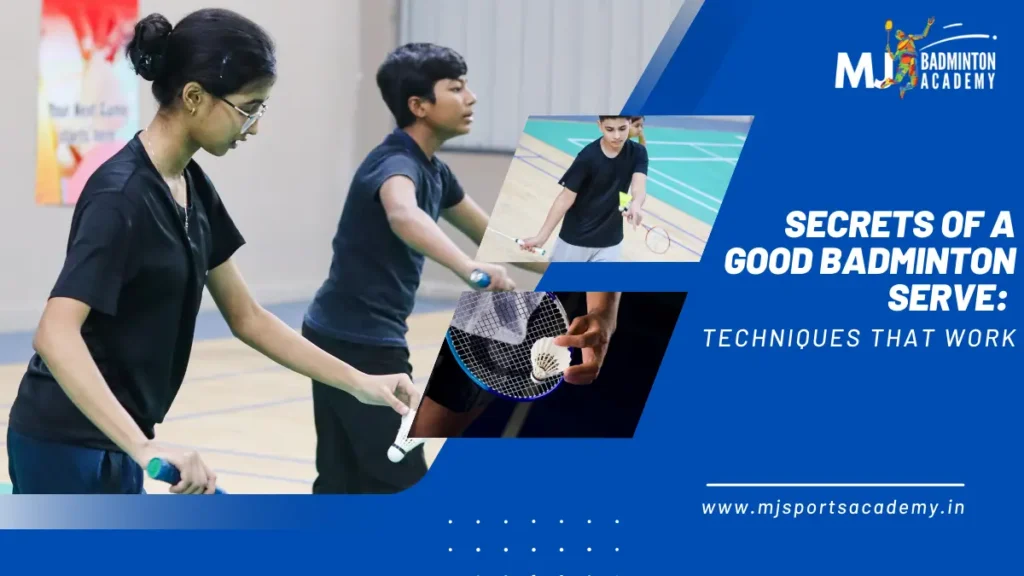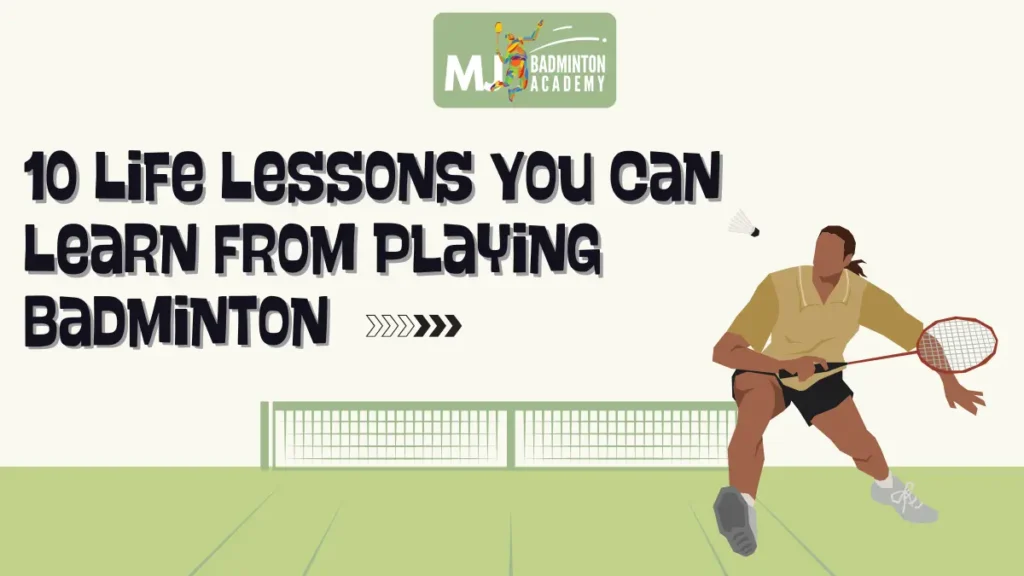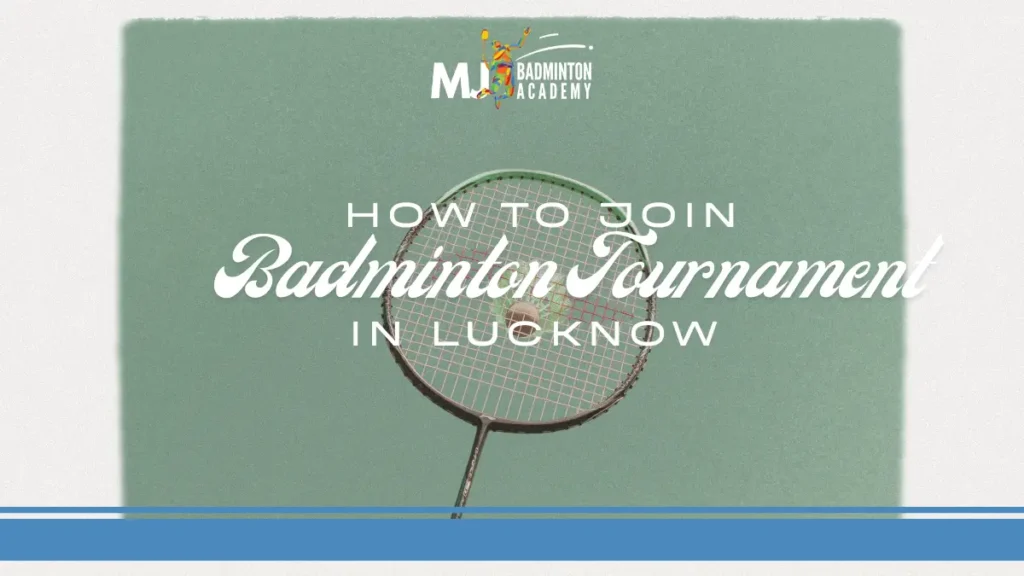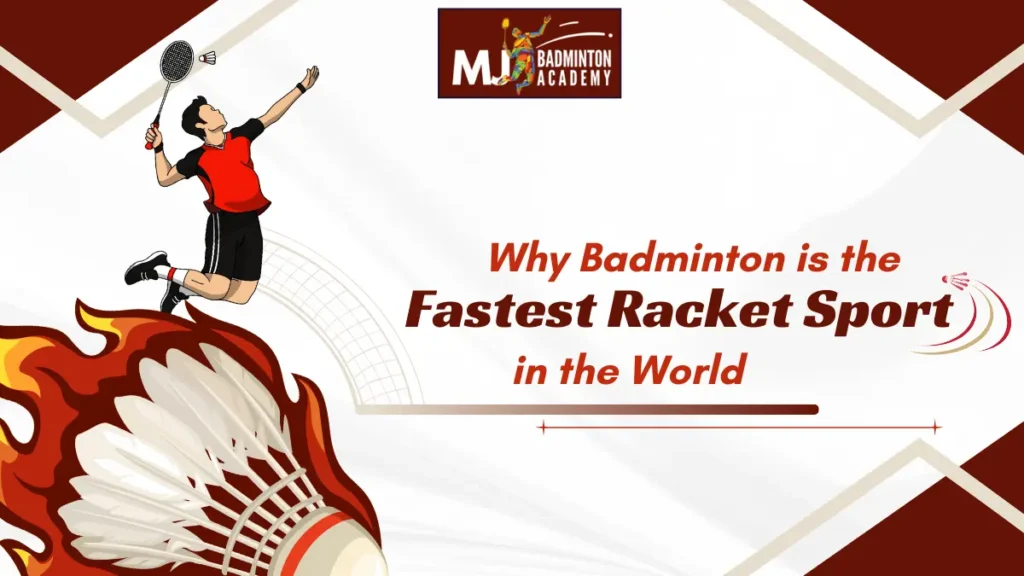Top 10 Female Badminton Players to Watch in 2025
With women’s badminton reaching new heights, 2025 will be a thrilling year for women’s badminton. The female badminton rankings are showcasing a court full of young talent and seasoned champions vying for the top spot for years to come. In this post, MJ Badminton Academy presents to you the Top 10 female badminton players 2025 who are energizing the sport with their athletic ability, tactics and fighting spirit. Whether you’re a budding badminton player or a badminton superfan, these top women badminton players should motivate you in their performance. Let’s take a look at these athletes’ career highlights, playing styles, recent performance and accomplishments, notable rivalries and what we can expect from them this season Top women badminton players 1.An Se Young (South Korea) Career Highlights: An Se Young is a well-established name with numerous BWF titles, and she became the World No. 1 in 2023. She is only 23 and already has wins over former World Championship Winners and became a finalist in the 2023 World Championships. Playing Style & Strengths: An is known for her patience and strategy. She utilizes sound placement and great footwork to dictate rallies. In pressured moments, An is able to stay composed and calm, which gives her a leg up. Recent Achievements: Rivalries: An’s matches against Akane Yamaguchi and Chen Yu Fei are two of the toughest in badminton right now. What to Expect in 2025: A number of title defenses, and potentially another World Championship run. She still remains in the mix as one of the best women badminton players 2025. 2. Akane Yamaguchi (Japan) Career Highlights: Yamaguchi, a two-time World Champion (2021 and 2022) and typically a finalist, is an exciting player to watch in women’s badminton for almost 10 years. Playing Style & Strengths: A claw master with explosive counter attacks, she is able to tire out her opponents with her endurance and placement. Recent Results: Rivalries: Yamaguchi’s ongoing battles with An Se Young are legendary, and often result in three-game matches. What to Expect in 2025: Yamaguchi will likely target her third World title and become a defeated legend among women’s badminton champions. 3. Chen Yu Fei (China) Career Highlights: Olympic Gold Medalist (Tokyo 2020)and regular contender for top finishes. Playing Style & Strengths: Chen is recognized for her aggressive play and mental toughness. She wins with strong empowering smashes and solid placement at the net. Recent Results: Rivalries: Chen has given both Yamaguchi and An Se Young competitive matches since the end of last year. What to Expect in 2025: Chen will be looking to make a focused push at reclaiming the World Number 1 ranking and look forward to the next Olympic cycle.. 4. Carolina Marin (Spain) Career Highlights: Three-time World Champion and a Gold Medalist at the 2016 Olympic Games. Playing Style and Strengths: Marin’s speed, aggression, and power on the court make her a formidable opponent. Recent Results: Rivalries: The long-standing rivalries with Tai Tzu Ying and PV Sindhu illuminate her career. What to Expect in 2025: As a Veteran, she will look to add one more World title to her impressive career. 5. Tai Tzu Ying (Taiwan) Career Highlights: One of the most skillful, artistic players, Tai has been ranked in the top 5 for female badminton players throughout 2025. Playing Style and Strengths: Tai is a unique force in women’s badminton with her deceptive shots and creativity. Recent Success: Rivalries: Tai has had memorable matches with each top-10 player, but does have had some intense matches with Yamaguchi and Chen Yu Fei. What to Expect in 2025: Tai will continue to wow fans despite being at the twilight of her career, through her artistry and legacy. 6. PV Sindhu (India) Career Highlights: World Champion – 2019 & Olympic medallist (Silver 2016, Bronze 2020). Playing Style & Strengths: The height, power and court coverage from Sindhu are second-to-none. She is especially very effective especially when matches are “on the line”. Recent Results: Rivalries: Epic battles with Marin, Yamaguchi, and Tai Tzu Ying have been the hallmarks of her competitive journey. What to Expect in 2025: A comeback is on the cards! Sindhu will hope to cement another World Championship or Olympic medal to her collection. 7. He Bing Jiao (China) Career Highlights: Steady performance on the BWF circuit, with an excellent spirit. Playing Style and Strengths: Balanced style of play with great repetition and power on the backhand side! Recent Achievements: Rivalries: Usually against other Chinese players or top-5 seeded players! What to Expect in 2025: She is a dark horse in elite events and can certainly beat the top-seeded players! 8. Ratchanok Intanon (Thailand) Career Achievements: The youngest World Champion (2013) and the first world champion in Thai badminton history. Playing Style & Strengths: Fine movement, wristy deception and elegance on the court. Recent Results: Rivalries: The rivalry with Tai Tzu Ying and Sindhu spans over many years. Expectations in 2025: Although over the peak of her career, she will still be one of the best women’s badminton players based on her elevated level of play and consistency. 9. Gregoria Mariska Tunjung (Indonesia) Career Highlights: First Indonesian woman in years to reach the top 10 in the world. Playing Style & Strengths: Aggressive net play, strong attacking mind, and fast recovery. Recent Achievement: Rivalries: Growing rivalry with An Se Young and He Bing Jiao. What to Expect in 2025: 2025 may be her breakthrough year to win a major international title. 10. Busanan Ongbamrungphan (Thailand) Career Achievements: Busanan’s success on the BWF might not be well defined, however she consistently plays at a high level in BWF tournaments when she is on the tour. Playing Style and Strengths: Strategic shot selection, plus consistent baseline play. Recent Success: Rivalries: Struggles against Ratchanok and Tunjung in the region. What we can expect in 2025: Possibly into the top 5 of female badminton rankings 2025, while keeping her current form. FAQs – Top 10 female badminton players 2025 Conclusion The Top 10 female badminton players
Top 10 Female Badminton Players to Watch in 2025 Read More »


